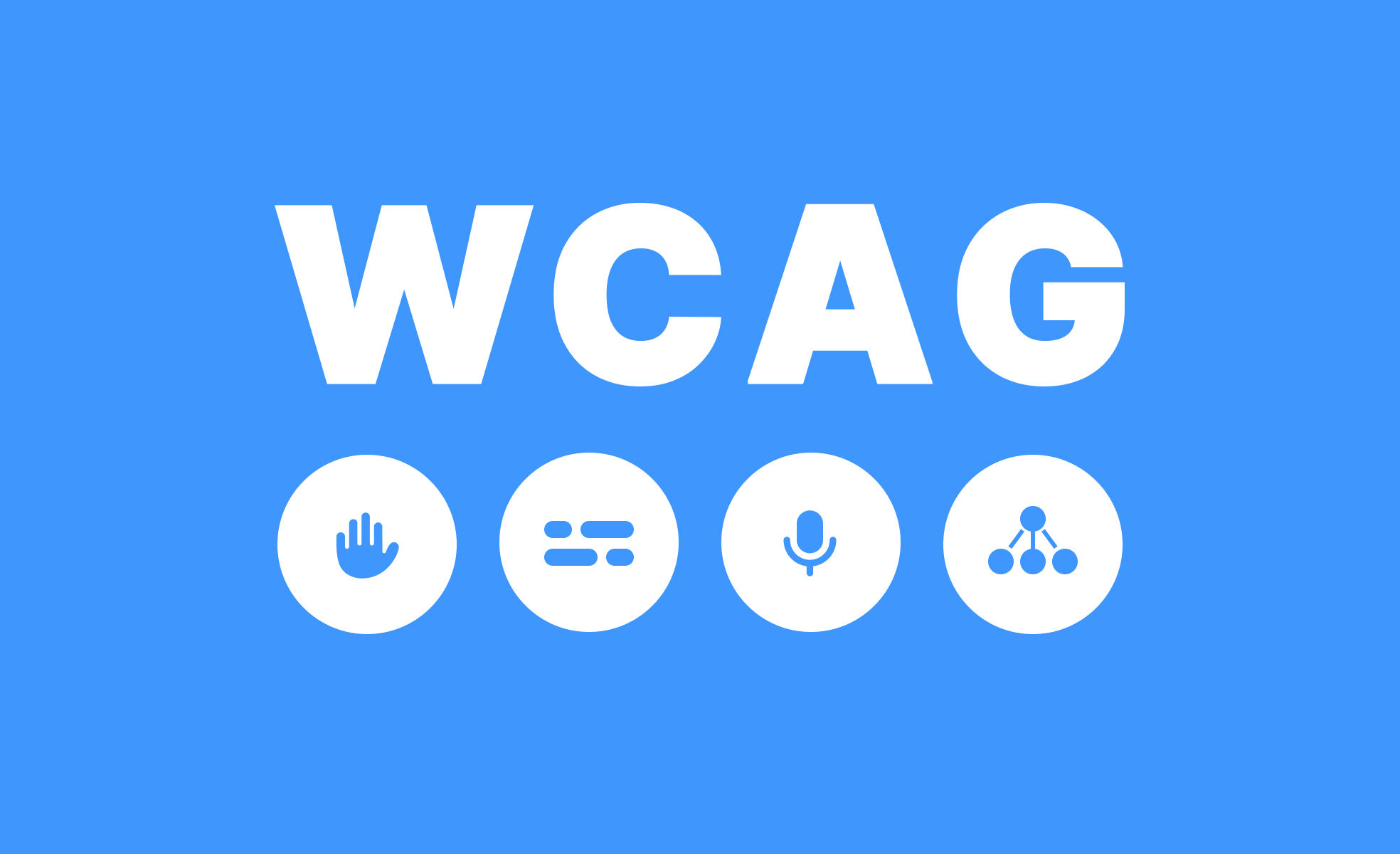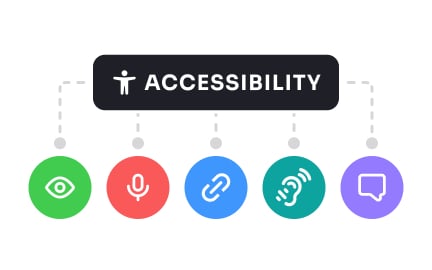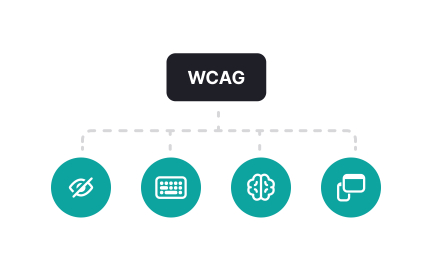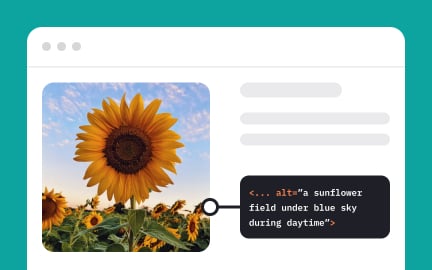Web Content Accessibility Guidelines (WCAG)
The Web Content Accessibility Guidelines (WCAG) are international standards that provide guides for making content accessible to people with disabilities.

TL;DR
- International guidelines for accessible digital content.
- Developed by the W3C Web Accessibility Initiative.
- Includes principles of perceivable, operable, understandable, and robust.
- Ensures inclusivity and legal compliance for products.
Definition
The Web Content Accessibility Guidelines (WCAG) are a set of recommendations created by the World Wide Web Consortium (W3C) to make web content more accessible to people with disabilities.
Detailed Overview
WCAG serves as the global reference for accessibility standards in digital products. Developed by the World Wide Web Consortium’s Web Accessibility Initiative, the guidelines provide a framework for designing content that can be used by people with a range of abilities, including visual, auditory, motor, and cognitive differences.
A frequent question is what WCAG covers. The guidelines are structured around four key principles: content must be perceivable, operable, understandable, and robust. Perceivable means users can detect content through at least one sense. Operable ensures that navigation and interaction are possible in different ways, such as keyboard access. Understandable guarantees that content and interfaces are clear. Robust ensures compatibility with assistive technologies.
Another common query involves WCAG levels. The guidelines are organized into three levels of conformance: A, AA, and AAA. Level A is the minimum standard, addressing the most urgent barriers. Level AA is the target for most organizations, balancing practicality with strong accessibility.
Teams also ask why WCAG matters beyond inclusivity. Compliance with WCAG is tied to legal frameworks in many regions, such as the Americans with Disabilities Act (ADA) in the United States and the European Accessibility Act. Non-compliance can lead not only to poor user experiences but also to lawsuits and reputational damage.
Another topic is how WCAG is applied in practice. Designers and developers use the guidelines as a checklist during the design and testing phases. Tools such as contrast analyzers, screen readers, and accessibility audits help verify compliance.
Finally, WCAG is continuously updated. For example, WCAG 2.1 introduced guidelines for mobile accessibility and cognitive needs, while WCAG 2.2 added new success criteria to address evolving technology and user expectations. Following updates ensures products remain aligned with current best practices.
Learn more about this in the Web Content Accessibility Guidelines (WCAG) Exercise, taken from the Intro to Accessibility Lesson, a part of the Accessibility Foundations Course.
They are perceivable, operable, understandable, and robust. These principles guide the creation of digital content that can be accessed by people with different abilities.
Together, they form the foundation of accessible design.
Level A removes the most critical barriers, Level AA is the common industry target, and Level AAA represents the highest accessibility standard.
Most organizations aim for Level AA to meet both user and legal expectations.
Many countries reference WCAG in their accessibility laws, such as the ADA in the US and the European Accessibility Act. Non-compliance can lead to legal risks.
Meeting WCAG standards helps organizations avoid penalties while serving more users.
They use it as a checklist and test with tools like contrast checkers and screen readers. Accessibility audits and inclusive user testing further validate compliance.
Embedding accessibility reviews in workflows ensures ongoing alignment.
WCAG is regularly revised to address new technology and user needs. Versions 2.1 and 2.2 expanded criteria for mobile and cognitive accessibility.
Staying current ensures products remain accessible as standards evolve.
Recommended resources
Courses

Accessibility Foundations

UX Design Foundations

Design Terminology
Lessons

Intro to Accessibility

Accessibility Tools

Designing for Epilepsy
Tutorials

Creating Reusable Components in Figma: A Step-by-Step Tutorial

12 Principles & Best Practices of Dark Mode Design

Step-by-Step Video Accessibility Audit Guide + Free Checklist
Projects

iOS A11Y Signup Form for SaaS

Headspace sign-up page accessibility optimization














